
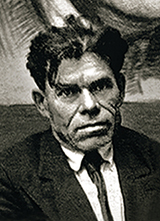
MYHAILO YA. KOZYK
(20 Sept [2 Oct].1879 — 02 Jan 1947)
Still-life painter, worked with portrait,
landscape, genre painting, church-monumental
painting;indigenous illustrator.
Professor of KIA (1918) and KhSAI (1939).
Acting Rector of Kharkiv Art Institute from
November 1941 till November 1942.
Myhailo Ya. Kozyk was born on 20 September (2 October) 1879 in Semenivna, former Novozybkivsky district in Chernigiv region (nowadays Bryansk region).
From 1892 till 1897 he created his first icons at the icon workshop in his native town. For next 5 years he worked as an assistant at the icon workshop in the Kyiv Pechersk Lavra. Also under I. Izhakevych’s leadership he participated in painting of the Boris-and-Gleb church at Podol.
From 1902 till 1909 M. Kozyk studied at Kyiv Art College where his teachers were H. Dyachenko and M. Pymonenko. At that period of life, along with K. Trokhymenko and other artists he was engaged in painting several village churches in Dnipropetrovsk and Poltava regions, as well as in Belaya Tserkov.
From 1909 till 1913 he studied at Moscow College of Painting, Sculpture and Architecture at the workshop headed by K. Korovin. For his painting Sukharevsky market, as well as for a number of landscapes and portraits Myhailo Kozyk was awarded S.M. Tretiakov prize and a title First Class Artist.
In 1913 he took part in several exhibitions, namely in the ones of Moscow Union of Connoisseur of Art, the Report exhibition of Higher Art College under the Russian Academy of Arts, the II All-Ukrainian exhibition in Kyiv and Poltava.
In 1914 he studied at the Laboratory of Painting materials technologies under D. Kiplyk’s supervision and at the same time he worked at the workshops of M. Samokysh, V. Makovsky, and M. Dubovsky.
From 1915 till 1925 M. Kozyk was the lecturer at Kyiv Art School. At that time he also became a member of the Union of Kyiv Artists founded by O. Murashko, as well as an active exhibitor of his exhibitions.
In 1917 he created illustrations for the Ukrainian ABC-book Yaryna for folk schools.
From 1918 till 1920 the artist made a great contribution to the development of the Ukrainian culture. He was the Head of the Union of the Ukrainian Plastic Art Artists (1918) and organised the All-Ukrainian Conference of Artists and All-Ukrainian retrospective exhibition of fine art (summer, 1918). He also was the Deputy rector and professor of Kyiv Institute of Architecture (KIA); he gave classes of Drawing at the First Ukrainian Gymnasium named after T.H. Shevchenko. At that time he created portraits of such Ukrainian luminaries in culture and education as academician M. Bilyashivsky, K. Kvitka, V. Krychevsky, and I. Steshenko.
In 1923 he was the Head of the decorative painting workshop at Art and Industrial Technical School (former Kyiv Art College) and at the same time he gave classes of Drawing at the First Ukrainian Experimental Labour School named after T.H. Shevchenko.
From 1925 till 1932 he was the lecturer at Kyiv Art Institute. When working at the Institute, Kozyk created some masterpieces, namely such paintings as Sisters, Two worlds, White flowers, Daughter Lesya’s portrait, and Self-portrait.
In 1926 he became a member of the Association of Red Ukraine Artists (ARUA) and its Deputy Head. He participated in organising the exhibition Around villages, towns, and cities of Ukraine (1926, Kyiv) and the I All-Ukrainian exhibition of ARUA (1927, Kharkiv) where he exhibited 29 own paintings.
From 1932 till 1942 he was a lecturer at Kharkiv Art Institute; in 1939 he became a professor.
In 1938 he worked together with M. Samokish at the workshop of the battle-historic painting, and later on he headed his own monumental painting workshop. He became a member of the Union of Soviet Artists. When fascists invaded Kharkiv, he had to be an acting Director of National Art Institute from November 1941 till November 1942
.In November 1942 M. Kozyk moved with his family to Kyiv, and then – to Lviv. When Lviv was invaded with fascists in 1943, he was a lecturer at Lviv Art and Industrial School along with K. Buldin, M. Butovych, M. Zhevago, and I. Severa.
In 1945 Kozyk was charged with collaborationism and as a result was unseated professor. He was excluded from the Union of Artists as well. For several after-war months he lived in Zakarpatie (villages Taranivka and Lavochna) where he painted village churches, created icons. The artist spent his last year in Lviv.
Myhailo Kozyk died on 2 January 1947 in Kharkiv.
Over 500 paintings and about 300 graphic papers were created by M. Kozyk. His works are exhibited in museums of Kyiv, Kharkiv, Poltava, Rivne, Moscow, as well as in private collections. The most famous paintings of the talented artist are On the porch (1919), Harvest, A landlady herself, Mother (1927), A girl’s portrait (1929), Daughter Lesya’s portrait (1929), Sisters (1930s), Reading the Constitution (1936), A Red Navy man at farmers’ (1940), Little Taras listening to his grandfather’s story (1939), River at winter (1940), Still-life (1940), A girl with a lampion (1942), A village woman’s portrait, and his illustrations for works by T. Shevchenko, M. Vovchok and others. It is notable that by the UNESCO decision M. Kozyk’s 100-year anniversary was widely celebrated in 1980. Besides, one of the streets in Lviv is named after a renowned Ukrainian artist.
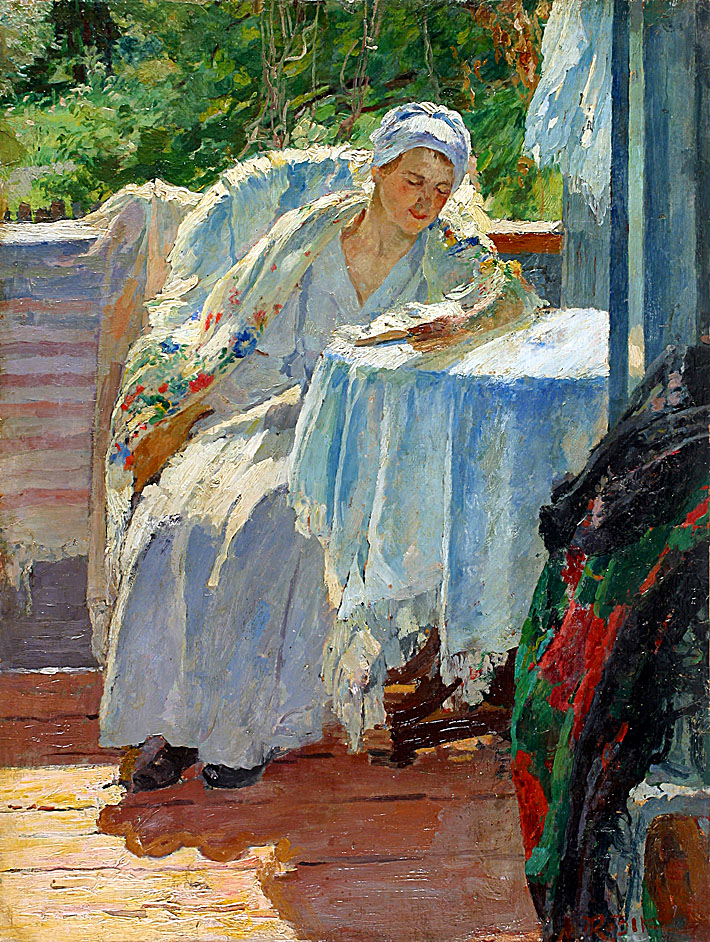
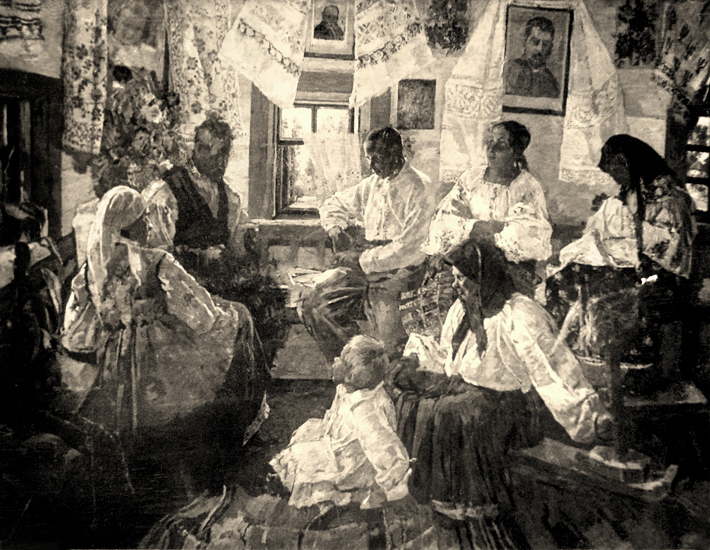

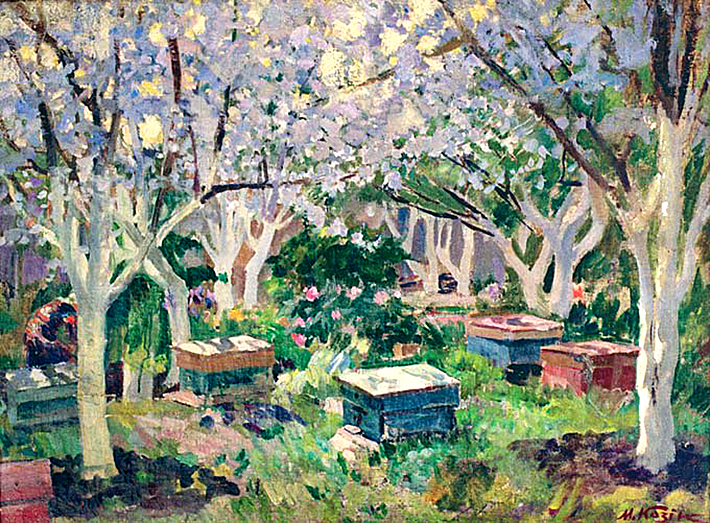
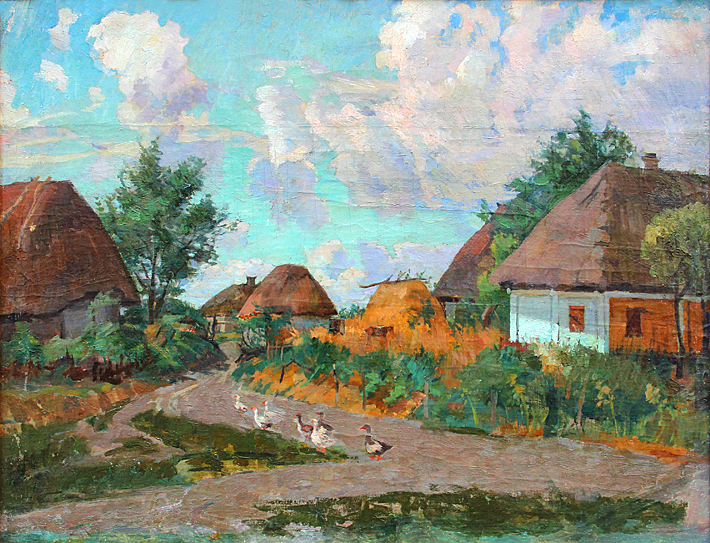

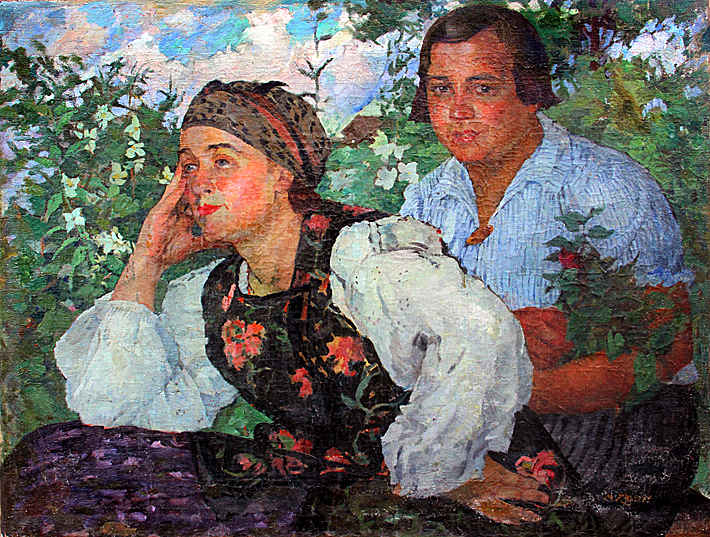
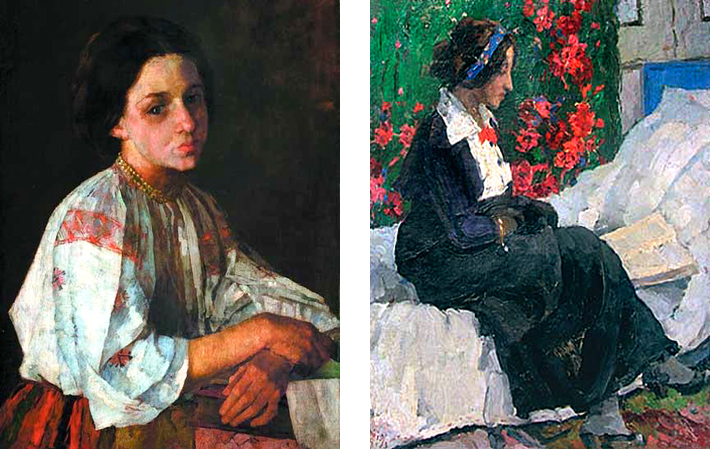
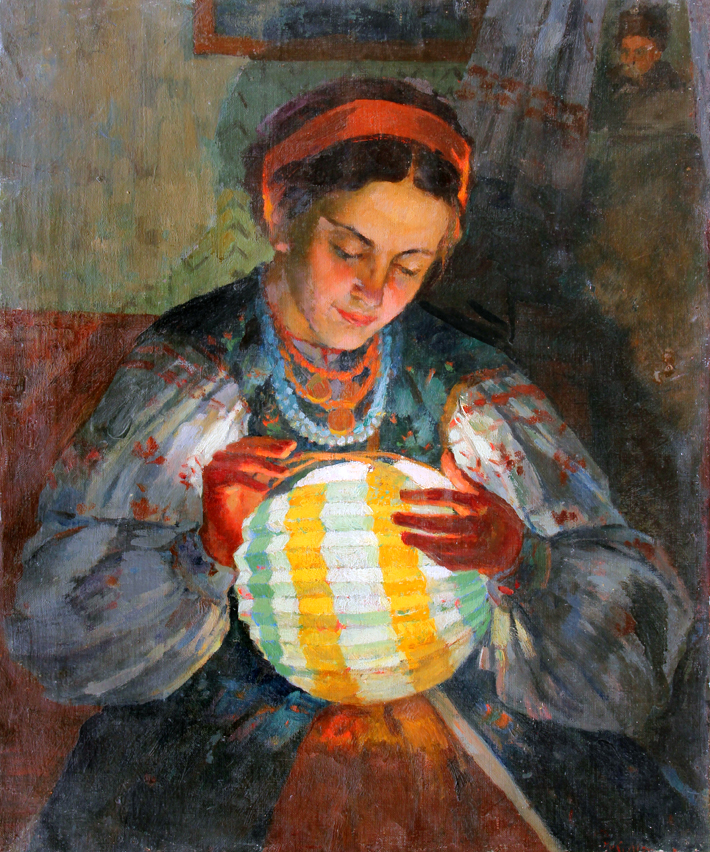
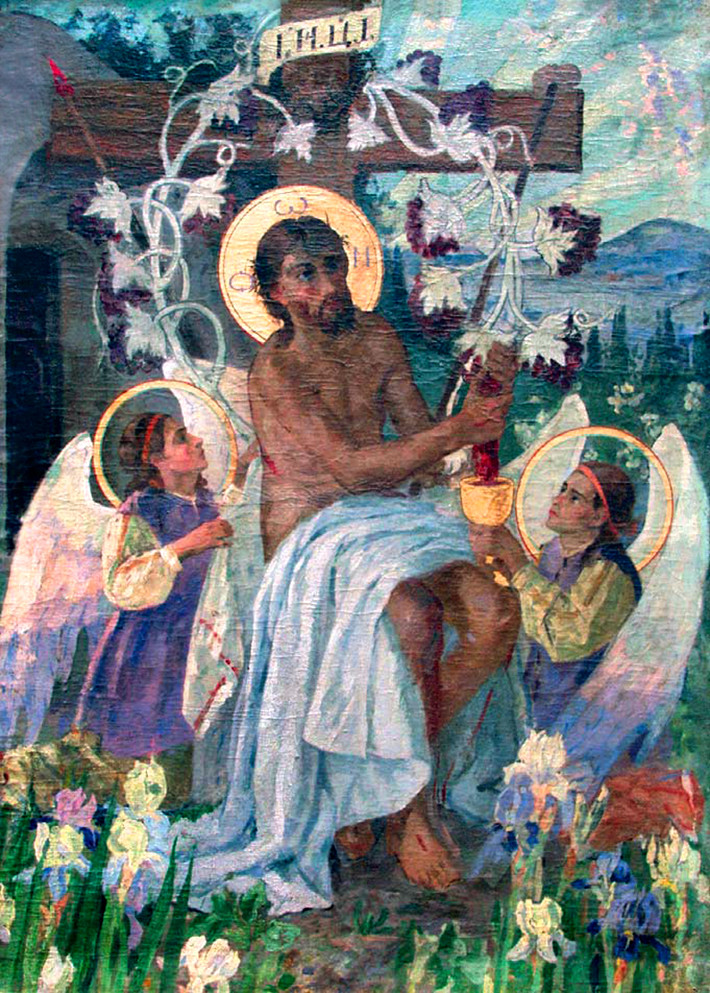


























 Academic Council
Academic Council


